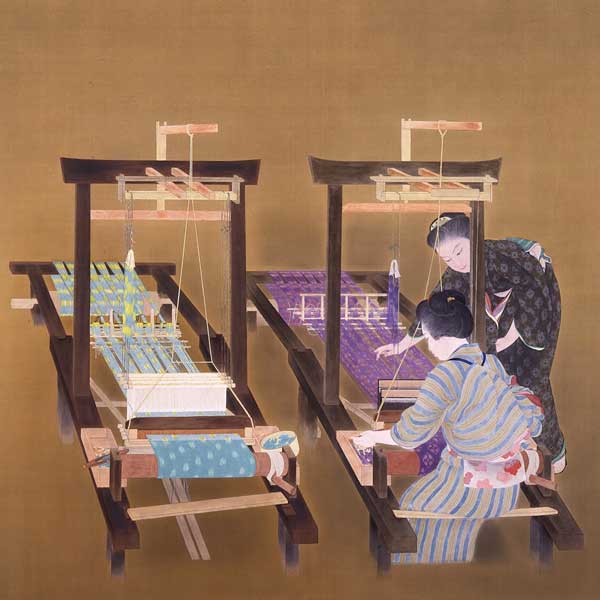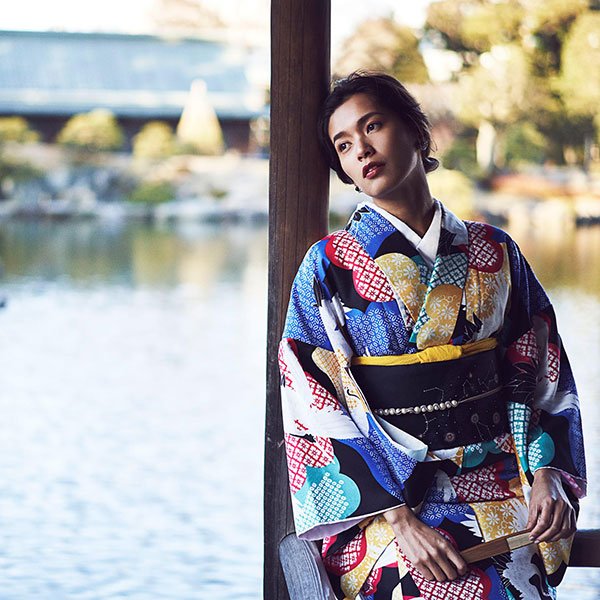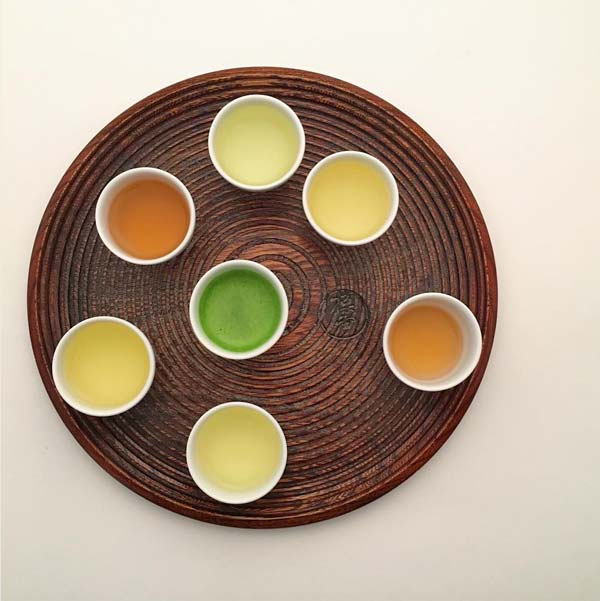10 Best Things To Do In Shizuoka Prefecture
by Michele Tanabe | TRAVEL
First-time visitors to Japan usually hop from city to city, eager to explore each location's unique highlights and distinct character. Often, this involves high-speed journeys aboard the bullet train, affording glimpses of iconic Mt Fuji from the window. While it’s common for travelers to pass by this majestic mountain, Shizuoka Prefecture, which encompasses it, often remains undiscovered. Those seeking a departure from the typical Japanese itinerary will find that Shizuoka, just a short trip from Tokyo, is a captivating region to explore. Read on to discover the top 10 best things to do in Shizuoka Prefecture.
1. Experience the Beauty of Climbing Mt Fuji
Mt Fuji by Liger Pham on Pexels
Shizuoka is best known for its association with the iconic Mt Fuji. Located in both Shizuoka and Yamanashi Prefectures, the tallest mountain in Japan towers into the sky at a little over 3,776 meters (12,388ft) tall. This breathtaking mountain can be spotted from beloved destinations, such as Hakone or even as far away as Tokyo Skytree’s observation deck. Yet, there’s nothing quite like enjoying Mt Fuji up close, especially from Shizuoka’s most-celebrated locations, such as Mio no Matsubara Beach, Satta Pass, Lake Tanuki, or Suruga Bay.
Climbing Mt Fuji is one of the best ways to experience stunning views of the Japanese countryside unfurling into the distance, with the added allure of a testing physical and mental challenge.
Shizuoka Prefecture hosts three out of the four public hiking trails, each with its own USP. The Fujinomiya Trail has an elevation of 2,400 meters (7,875ft) and is the steepest of the four routes. For a steadier climb, hikers head to Yamanashi’s Yoshida Trail, which has an elevation of 2,300 meters (7,545ft) and provides flatter terrain en route to the summit.
Be advised that climbing is not available year-round and it’s strongly recommended to plan your trip in tandem with the official hiking season in July and August. For more information, refer to the official website here.
If you can’t climb Mount Fuji, there are plenty of other climbing or hiking options in Japan. Check out these 15 Iconic Japanese Mountains You Must Visit.
2. Visit the Resting Site of Tokugawa Ieyasu at Kunozan Toshogu Shrine
© Kunouzan Toshogu, Kunozan Toshogu Shrine
If you’re only able to visit one shrine in Shizuoka Prefecture, Kunozan Toshogu is pick of the bunch due to its inherent aesthetic beauty and historical significance. This shrine is most notable as the original burial place of Tokugawa Ieyasu – his grave was later moved to Toshogu Shrine in Nikko – a pivotal figure in Japanese history, who is acclaimed for unifying the country during a time of civil war. A portion of the former shogun’s spirit remains enshrined here. The shrine is connected by ropeway to Nihondaira, a scenic spot with panoramic views of Suruga Bay and Mt Fuji.
3. Experience Traditional Tea Picking in Makinohara
© Grinpia Makinohara, Tea Plantation
An exploration of cultural Japan doesn’t get any more immersive than a hands-on experience at a tea farm in the nation’s green tea capital. Grinpia Makinohara, a green tea plantation tucked away in the hilly outskirts of the Makinohara plateau, is just the place for tea lovers yearning to learn everything there is to know about cultivating green tea.
This plantation hosts many activities geared toward the eager tea connoisseur, such as a tea-picking experience where individuals can learn how to hand-pick tea in one of the abundant fields. While here, you can also learn how to brew tea and take a tour of the on-site factory. Tea picking at Grinpia is, however, a seasonal activity, so check the official website before reserving tickets.
4. Plan a Relaxing Escape to a Dreamy Beach on the Izu Peninsula
Shirahama Shrine, Shimoda
A trip to a beach on the Izu Peninsula is a timeless choice for travelers craving a slice of relaxation amidst their hectic schedules. Shizuoka’s Izu Peninsula, granted UNESCO Geopark status in 2018, is a mountainous peninsula of crystal-clear waters and subtropical vegetation that is sure to delight travelers year-round. Among its charming coastal towns, Shimoda is the go-to spot for ocean views, delectable cuisine and a range of water sports. Beyond Shimoda, the peninsula’s dramatic landscape has other areas worth exploring: Joren Falls, Mount Omuro, the Jogasaki Coast, and Shuzenji Temple.
5. Trek Across Shizuoka’s Dream Bridge
© Michele Tanabe, Yume no Tsuribashi
One of Shizuoka’s lesser-known gems is Yume no Tsuribashi (夢のつり橋). Translated into English as “Dream Bridge,” this 90-meter-long (295ft) suspension bridge straddles the Sumata Gorge. The mountain lake below owes its striking emerald color to the Tyndall Effect, a phenomenon by which light particles are scattered in a colloidal solution (a very finely divided substance spread throughout another substance). In October 2012, Yume no Tsuribashi was selected as one of the top ten bucket-list bridges to visit before you die.
6. Eat to Your Heart’s Content in the City of Hamamatsu
Gyoza
While Hamamatsu proudly holds the title of the “City of Musical Instruments,” housing renowned manufacturers like Yamaha, Kawai, and Roland, it’s also a culinary hotspot serving up some of the most delicious food in Shizuoka. Among its culinary delights, gyoza (餃子), a crescent-shaped dumpling typically filled with minced pork and a variety of seasoned vegetables, stands out. Hamamatsu’s unique way of serving gyoza, usually alongside a sizeable serving of lightly seasoned and boiled beansprouts, helps reduce oil and adds a refreshing zing to the dish. With over 75 specialty gyoza shops, it’s best to visit on an empty stomach.
7. Discover Shizuoka’s Best Nature Spots
Shiraito Falls by Mavluda Tashbaeva on Pexels
Daring sightseers who will enjoy the heart-thumping journey across Mishima Skywalk, from which you’ll get stellar views of Mt Fuji and Suruga Bay. The bridge is 44-meters (144ft) high and 400 meters (1,312ft) across, making it the longest footbridge in all of Japan. After spending some time in Mishima, head over to Fujinomia to see the majestic Shiraito Falls. This stunning waterfall is widely viewed as one of the most beautiful in the country.
Lake Tanuki, another great spot for views of Mt Fuji, is also a hotspot for outdoor activities, such as camping, fishing and boating. Photographers know the lake all too well; they flock to this area in droves area to capture Mt Fuji’s rare “Double Diamond” phenomenon, when a rising or setting sun aligns with the mountain’s peak creating a diamond effect. This is then reflected in the looking-glass lake. A perfect marriage of earth, water and sky, it only takes place twice a year: for a week in April, and again in August.
8. Attend One-of-a-Kind Festivals
© Michele Tanabe, Flying Dragon Festival
Once you’re done with more conventional sightseeing, why not head to one of Shizuoka’s local festivals? At the end of spring, the Enshu Hamakita Flying Dragon Festival enters the calendar, during which visitors are treated to a 60-meter-long (197ft) dragon kite gliding across the sky. The kite represents Ryujin, the dragon king and mythological god of water. In the evening the skies are illuminated with fireworks which appear to spit from the dragon's mouth.
Another festival local to the area is the Hamamatsu Kite Festival at Nakatajima Beach, featuring teams engaged in thrilling “kite battles.”
9. Explore Off-the-Beaten-Path Castles & Historic Sites
© Michele Tanabe, Kakegawa Castle
History buffs should head to Hamamatsu Castle. Originally built in 1532 and subsequently rebuilt in 1958, it has intimate ties to Tokugawa Ieyasu, head of the Tokugawa Shogunate, who resided there for 17 years during the later stages of Sengoku Era (1477-1573).
Your next stop should be Kakegawa City, just a few towns away, where you can explore the stately Kakegawa Castle. This castle is brimming with historical intrigue, and was once the site of a five-month siege following the Battle of Okehazama in 1560.
Of course, there are many more castles to visit in Japan, and if you want to check out our favorites, head over to the 20 Best Japanese Castles You Should Visit.
10. Enjoy a Range of Attractions Near Lake Hamanako
© Japan National Tourism Organization, Hamanako Garden Park
Beyond shrines, nature and castles, Shizuoka Prefecture offers a variety of shopping and entertainment options exclusive to the region. Hamanako Palpal, a delightful resort-style amusement park located near Lake Hamanako, is a great destination for those traveling with kids. Inside the park, you’ll find an indoor playground, a Ferris wheel, roller coasters and more. Other attractions to enjoy around Lake Hamanako include the Kanzanji Ropeway, Kanzanji Temple, Hamanako Garden Park, Hamanako Music Box Museum, and the Kazanji Onsen.













TRAVEL | April 26, 2024